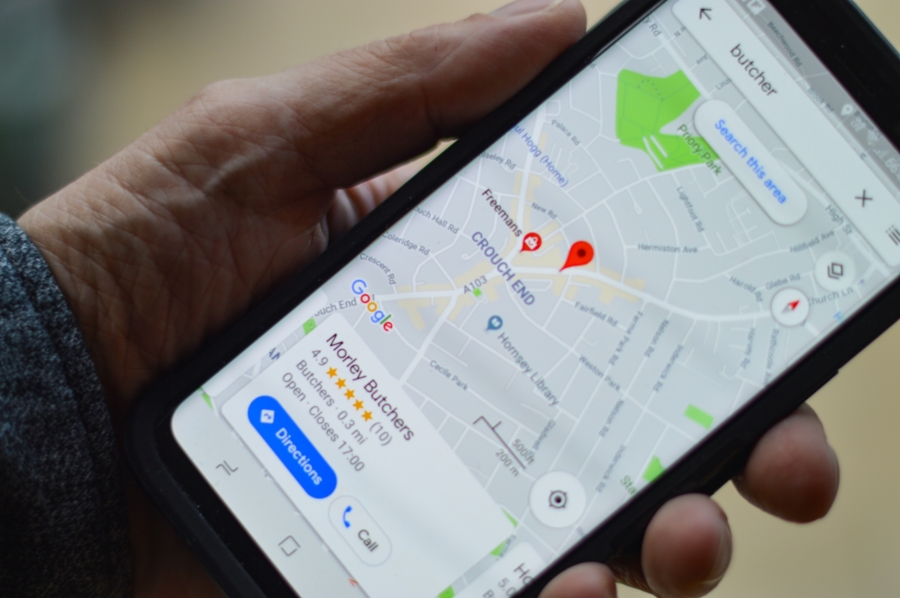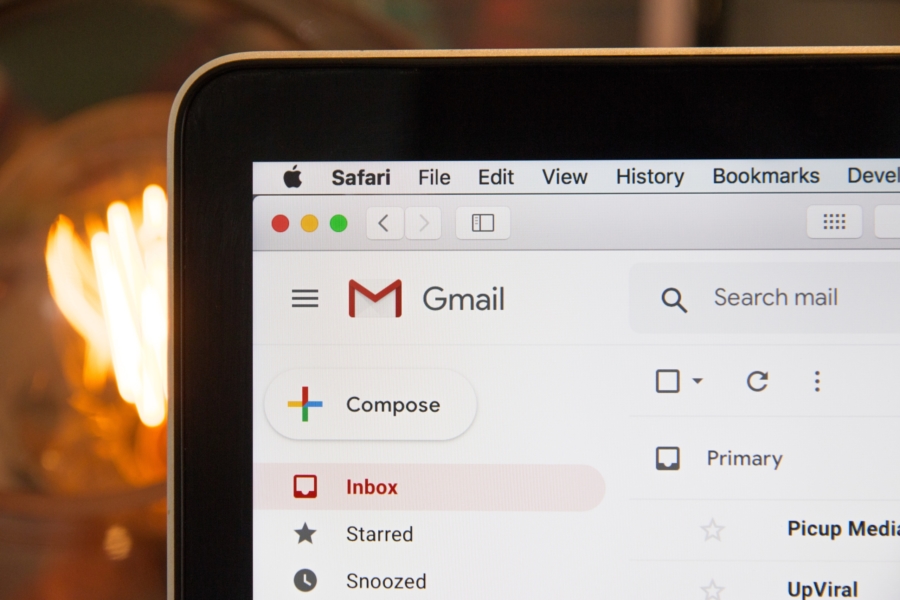Improving your Facebook relevance score can help you save money and reach more consumers. However, what can you do to boost your relevance score without taking away time from your already busy schedule? Experts at Onimod Global
- Home
- Digital Marketing
Small businesses can face many growth challenges, such as limited resources, budget constraints, competition, staffing challenges, etc. It can be tough to figure out ways to set yourself apart from other businesses and achieving overall success. Executing
If you want your company's sales process to run as efficiently as possible, one of the most crucial keys to success is getting your marketing funnel – the process of converting a potential customer into a paying
When you put a lot of effort into creating your email marketing strategy, it can be frustrating looking at the stats and seeing that a large amount of your messages end up in spam. A report from
With over 2 billion worldwide active users, YouTube is the top choice for video marketing. But, with being the clear-cut winner comes a lot of competition. There are now more than 50 million content creators pumping out
Social media advertising is a powerful tool that can really take your online presence to the next level. Now is the time, as so many companies have taken to digital to promote and sell their brand. However,
In the midst of the pandemic, it seems unlikely large events or gatherings will be happening anytime soon. Many organizations and businesses are either forced to cancel their events altogether, or take it virtual. Social media platforms
We all look for and act on social proof, otherwise known as reviews or recommendations from any community. These recommendations can come in many forms. Word-of-mouth, third-party reviews, as well as what I’m focusing on in this
Your content is most likely catered to audience personas, as it should be. All marketers rely on an outlined demographic of the audience you have targeted as potential customers. However, there is no way for a persona















